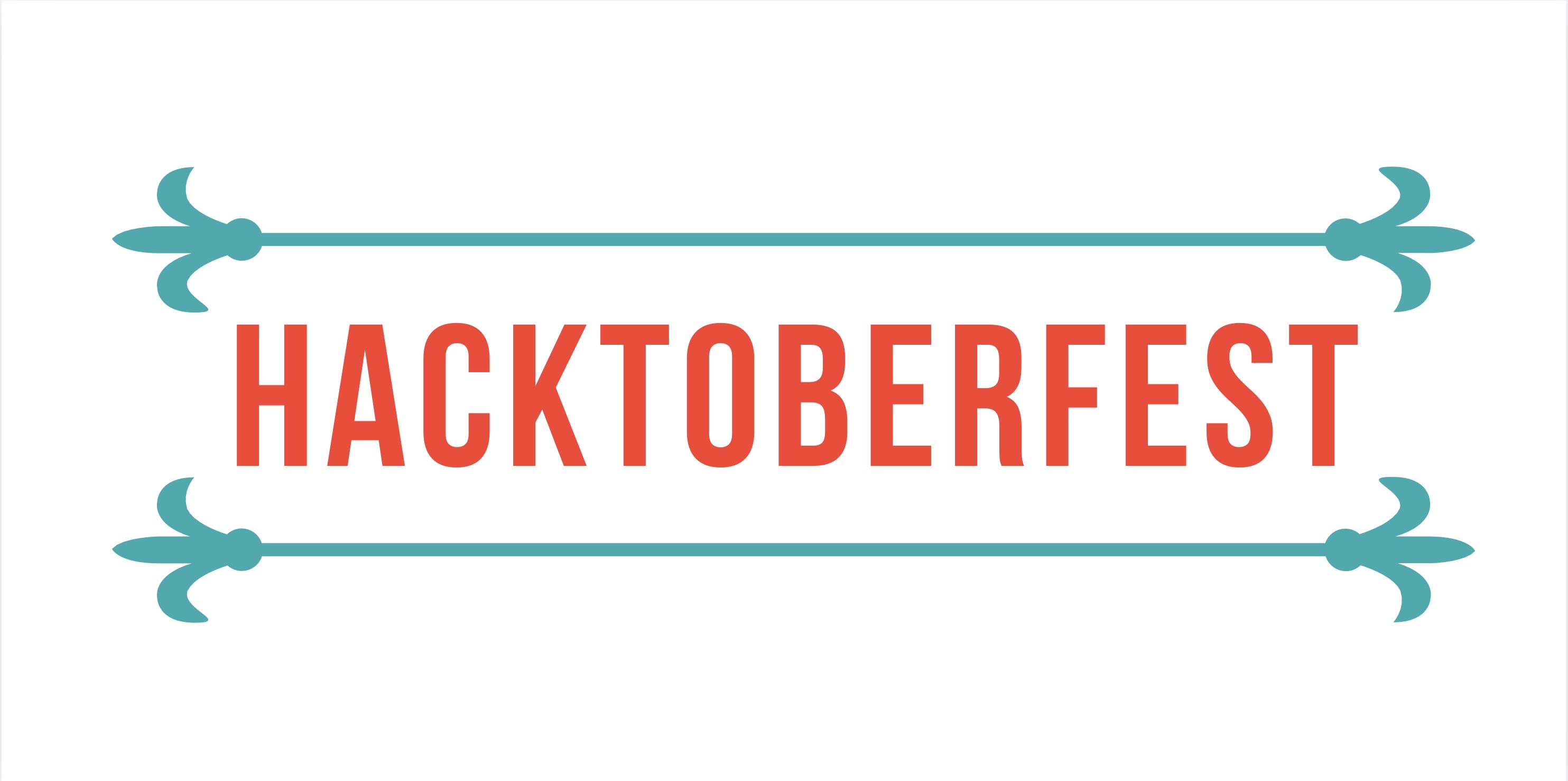Tips to improve your LinkedIn profile
You might be thinking about switching jobs and you may be wondering “How do I improve my profile on the networks most used by recruiters?” and you may already havheard things like “keep your resume up to date” and “create a portfolio” specially in tech.
I can give you more advice on how to improve your profile if I know better who you are and what you do, but with the tips below, you can do a few improvements by yourself, even if we don’t know each other, so here we go.
Let the world see your face
Let’s start with the photo. Not long ago, people used to put photos in CVs to help the person hiring to know who the person on the page was. I won’t go into the merits of this practice, but for LinkedIn, if you don’t have a photo, chances are two things will happen:
- people won’t accept your connection request;
- people recruiting let your profile pass along.
So, take the opportunity to put a nice picture of yourself on your profile. Some tips for choosing the photo:
- Choose an updated photo. After two+ years of the pandemic, there are many people who have changed their appearance, let their hair or beard grow so provide a brand new photo, there’s nothing better than doing an interview and putting a face to the name of the person you will see on the video call;
- Choose a photo that has only you in it, it’s fine if you crop part of a photo, but a photo of just you is ideal;
- Leave the profile picture available for people to see even without a LinkedIn connection, there’s no point in posting a beautiful picture and not letting the network see it, right?;
- When taking the picture, remember to have your face facing the camera, that picture showing only your profile or covering part of your face is fine for other networks but defeats the purpose, okay? The idea is to make it easier for people to recognize you.
Found a good photo? Let’s work on your professional background. 😉
Write an “about me” text
People like to hire other people they understand. The more clarity you can convey with your resume the better, no one will know your skills as well as you do and it’s up to you to talk about them. I know, this is hard for a lot of people, even I have a hard time doing this sometimes so practice it. Practice makes perfect.
You can start practicing talking about your past experiences by writing the “about me” field. Write about what motivates you and/or about the things you’ve done. It doesn’t have to be a long text, but following the school’s writing tips is a good thing: your text, even if it’s short, needs a beginning, a middle and an end.
There are those who say that you shouldn’t talk about what you did at work and that this text should have a more personal tone, in mine I spoke a little about both things because, for me, both go hand in hand. I’ll give you two examples:
- My complete “about me” goes both on LinkedIn and on my GitHub page and on my website, you can have a sneak peek here;
- In my CV I have a shorter version that I copy below:
I’m a technology enthusiast passionate about learning with more than four years experience in development and public speaking. I co-founded the first Brazilian podcast about data science, Pizza de Dados, to help improve data literacy in Portuguese. Currently, my work consists of assisting developers worldwide learn how they can leverage Auth0 to protect the identities of their users and their products.
The “recipe” I followed was: A little of what motivates me, a little of what I did, a project that I am proud of and maintain today, and finally what I’m currently doing. The most important thing is to have a “this is so you!” text and give the person interviewing a way to break the ice during the interview.
For every job you’ve had, you must have done something, right? So why not share what you’ve done and help the person recruiting understand your skills?
Another thing in favor of describing what you did in each job is that even though positions have similar names across multiples companies, the responsibilities of a said role vary from company to company, so explaining what you did at a previous company is fundamental.
A model I like to follow is:
- Talk about your main responsibility or responsibilities if there is more than one;
- Speak about results achieved;
- And finish with the tools you used.
You already covered the first question recruiters ask: “What did you do in your previous job?” and moved on to a more interesting question: “tell me how you helped achieving those results…”, giving you more time to take advantage in an initial interview. And, most importantly, it will help your profile to appear in the recruiters’ daily searches for candidates.
Then you can ask “Wow, I can’t talk about the results I had due to NDAs, what now?” in this case, you don’t need to put this information in your text, try to write what is possible.
Adapt when necessary
If you have changed areas or positions, this task of describing what you did/do can be a little scary since the biggest concern is always: “my job has nothing to do with what I want to do, help”. At this time you will have to play the game of skills.
In the series “Who is afraid to become a data scientist?” (in Portuguese), Leticia Portella, Gustavo Coelho, and I talked about the main doubts from people wanting to switch careers to data science. We covered the “Am I going to make it?” phase, which is always followed by the “Is it really worth it to start working in a completely new area?”, and ends with “Why would they want to hire me?”
Today, after a few years of writing the posts for the series, I realized that although the focus was data science, the advice there is for everyone. And these advices are valid particularly in what I call the game of skills.
In this case, it is as important to relate what you do today with the skills expected for the future role, as it is to show that even if you still do not perform the future role, you have some of the expected skills. So, in addition to describing what you do, remember to mention that course, that technology that you used and that will be used in future positions.
Review it once, twice, even three times
It might seem silly or even obvious, but proofreading what you write is very important. Spelling, grammar and similar errors will hurt your credibility. You might be someone who doesn’t get carried away by these details, but it could be that the person reading your resume is exactly the type of person who judges based on these mistakes, so it’s better to be safe than sorry.
To avoid this type of problem, write the job description in softwares that make these corrections, for example, Google Docs. Also, and this is a personal tip, read what you’ve written out loud. Seriously out loud. You’ll be amazed at how many possible improvements you’ll get to your text just by reading it out loud. Trust me.
After that, send it to a friend and ask them if they understand what you meant. It might sound like it’s a lot, but I did it, my friends do it, and it works. A second person who doesn’t have the context bias that you have about something you’ve written will be much more effective in identifying if something is missing, that’s why teams that write, for example like the one I work at Auth0, have reviewers.
Have someone to inspire you
Last but not least, look at the resumes of other people who are actively working on their resumes.
Also look at the resumes of people who do what you want to do and how they present the information.
There’s nothing better than having someone to inspire and follow. This will help you shape how you can organize information effectively.
Wrapping up
Updating your resume can be a lot of work, especially if you don’t know what to do, so I hope that with these tips, this task will be easier for you and you will get a great job.
Finally, if you’re still not sure if these things you read here really work, I have a statement from a friend of mine to inspire you to tidy up your LinkedIn:
These LinkedIn tips from Jess are PERFECT <3 She gave me these tips when I was thinking about switching companies and thinking about going through some hiring processes just for practicing. Result: one day after starting to update my LinkedIn profile, I received an invitation to do a job interview. As I wanted to practice, I accepted, I loved the company and I’m there until now <3
Ana Dulce, Python Back-end developer | Tembici


